
Cristiano Ronaldo’s Relationship With Speed Continues Off The Pitch...
- May 25, 2021
- Views : 8156

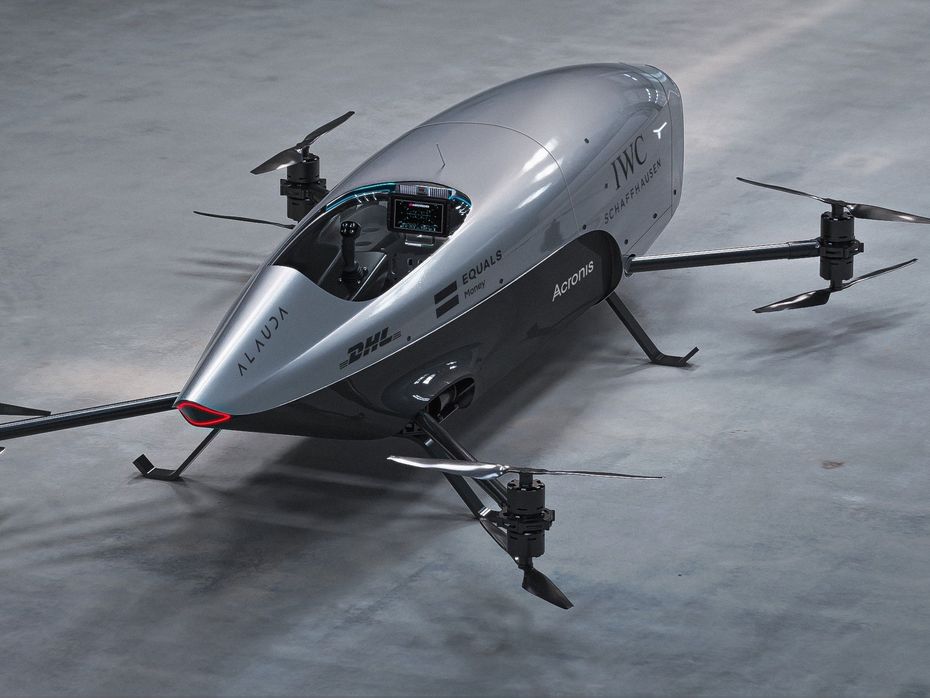
First batch of Mk3 will consist of ten units for the upcoming races.
The craft is capable of going from 0-100kmph in just 2.8 seconds.
It weighs 130kg and can carry up to 80kg.
Production of the Airspeeder Mk3 is underway in Adelaide, Australia, as the world’s first electric flying race car prepares to take part in its maiden stint of unscrewed races.
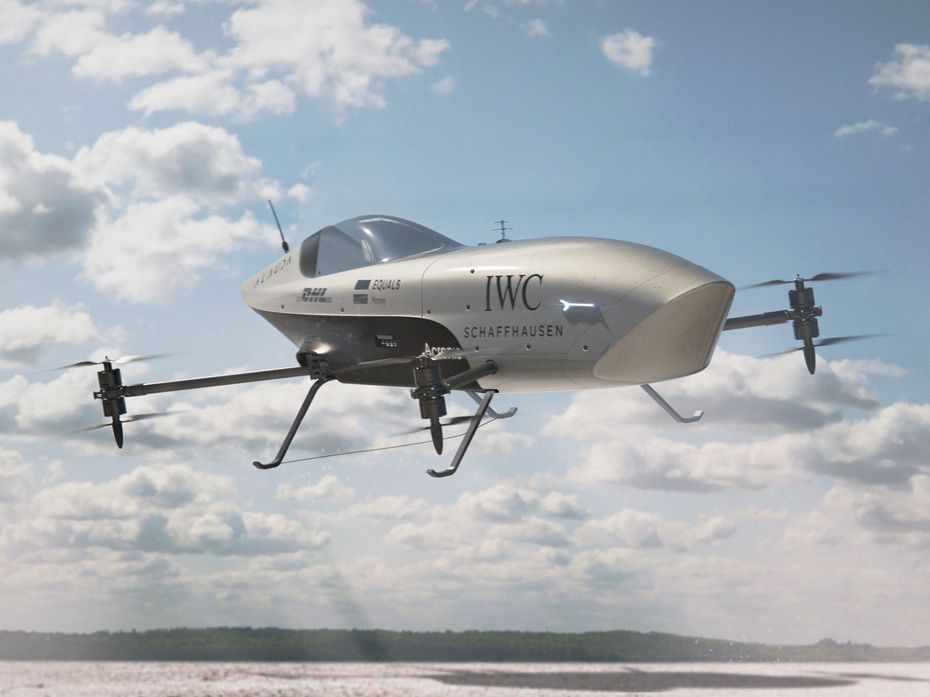
Airspeeder has now revealed the technical specs of the Mk3 flying race car, which debuted in prototype form at the Goodwood Speed Week. Yes, you read that right, a flying race car and an all-electric one. Airspeed has taken inspiration from the Mercedes-Benzes, the Bugattis, and the Rolls-Royces of legend, taking to the path of racing to eventually bring technological advances to commercial vehicles.
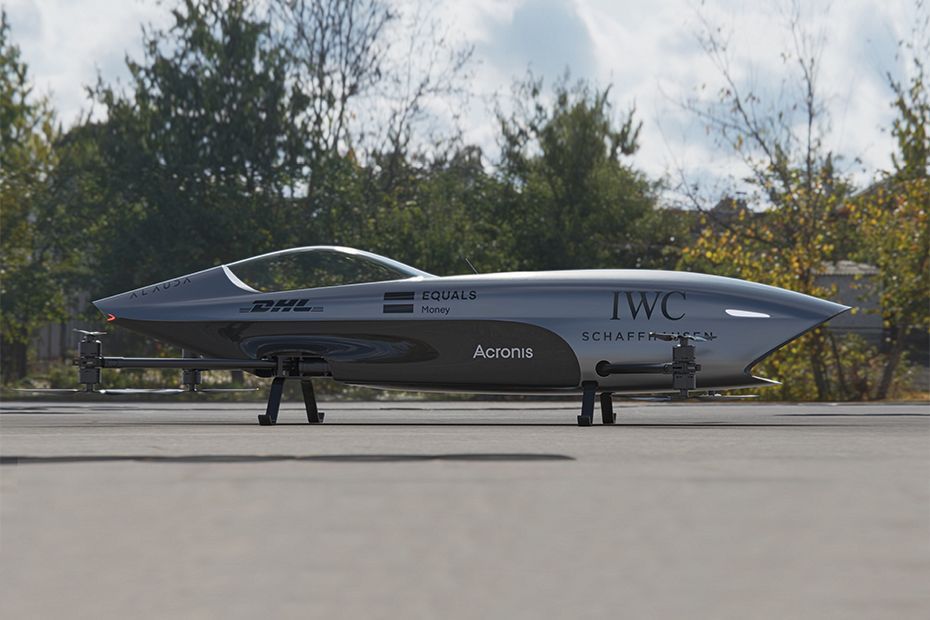
To testify the Mk3’s capabilities, Airspeeder has also drawn comparisons with the Audi SQ7. The Mk3 delivers the same amount of maximum power as the Audi SUV, at 435PS, while being much lighter. With a carbon-fibre structure, the craft itself weighs 130kg, as opposed to the SQ7’s 2,500kg, and is capable of carrying loads of up to 80kg. This includes the pilot and the powertrain. Airspeeder has also revealed a 0-100kmph acceleration time of just 2.8 seconds and the ability to climb to a height of 500m. The potent fighter jet F15E Strike Eagle’s thrust to weight ratio of 1.2 pales in comparison to the Mk3’s 3.5.
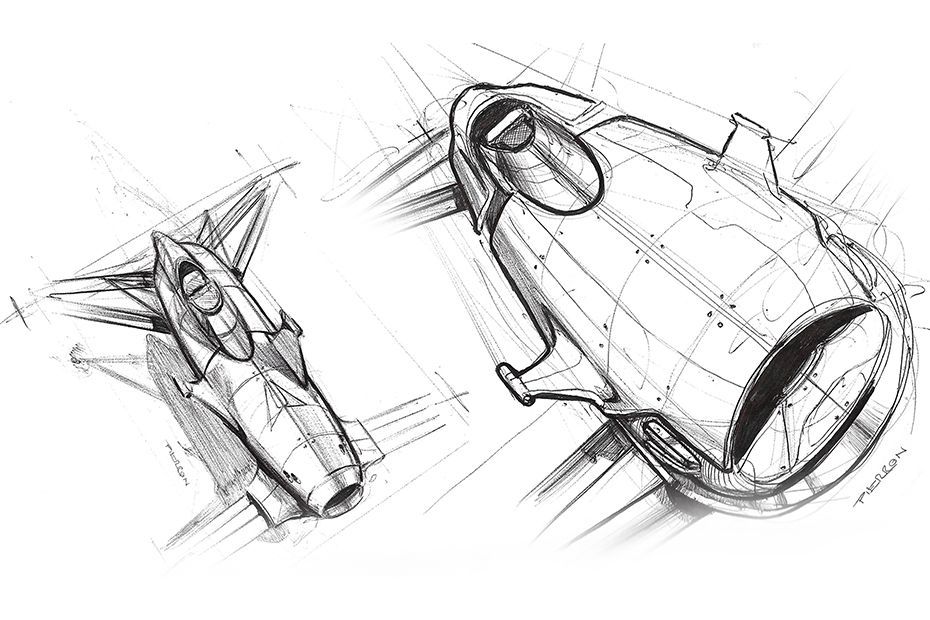
G-Forces tested on a hairpin bend reach up to 5 Gs, similar to what is experienced by an F1 car. The Mk3 shares resemblance with an F1 car as well. The pilot of the craft will be positioned in the cockpit in almost the same manner as the driver in an F1 car. As far as safety is concerned, the Mk3 will employ a systems-based approach. It will also be equipped with radar and Lidar collision avoidance systems.
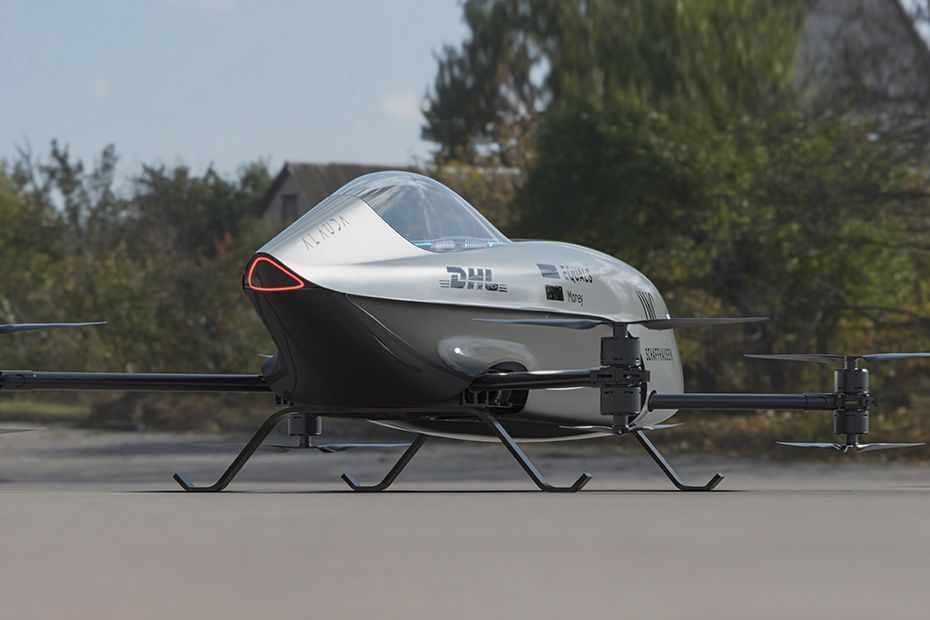
To make things easier, especially during pit stops, the Mk3 will use a slide and lock system. This will be applied to the battery as well, for quick changes during pit stops. Current tests place the average pit stop time at 14s. If you’re into F1 history, you’ll remember the average pit stop time back in the day used to be around one minute as opposed to today’s average of 20-25 seconds for a pit stop and around 2-2.5 seconds for switching tyres.
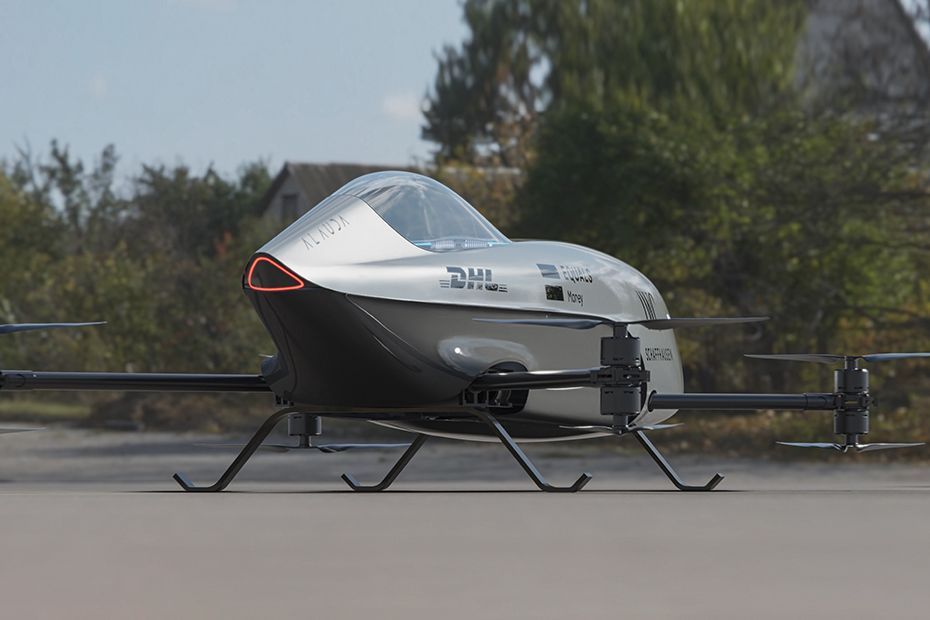
Sister company Alauda Aeronautics is handling the amped up production duties. A total of ten units will be produced for the races. As far as races are concerned, the first set will take place across three continents with the calendar being announced soon.
The sheer thought of this is mind-bending. The future is on the horizon and the one thing that is guaranteed is loads of excitement!

Cristiano Ronaldo’s Relationship With Speed Continues Off The Pitch...

3 New Major Design Details Mahindra XUV 3XO Will Pack Over...

Tata Curvv: A Much Clearer Look At Its Interior Ahead Of Its Unveiling

Citroen Basalt vs Tata Curvv: Exterior Design Compared

10 New Features Expected In The Upcoming 2024 Mahindra XUV 3XO...

The Fronx Has Been Rebadged! Meet The Toyota Urban Cruiser Taisor,...

Here’s How Fuel Efficient The 2024 Maruti Suzuki Swift Sold In...

MG Hector And Hector Plus Blackstorm Edition Launched At Rs 21.25...

Citroen Basalt Vision, Its SUV Coupe For India, Revealed
India's largest automotive community